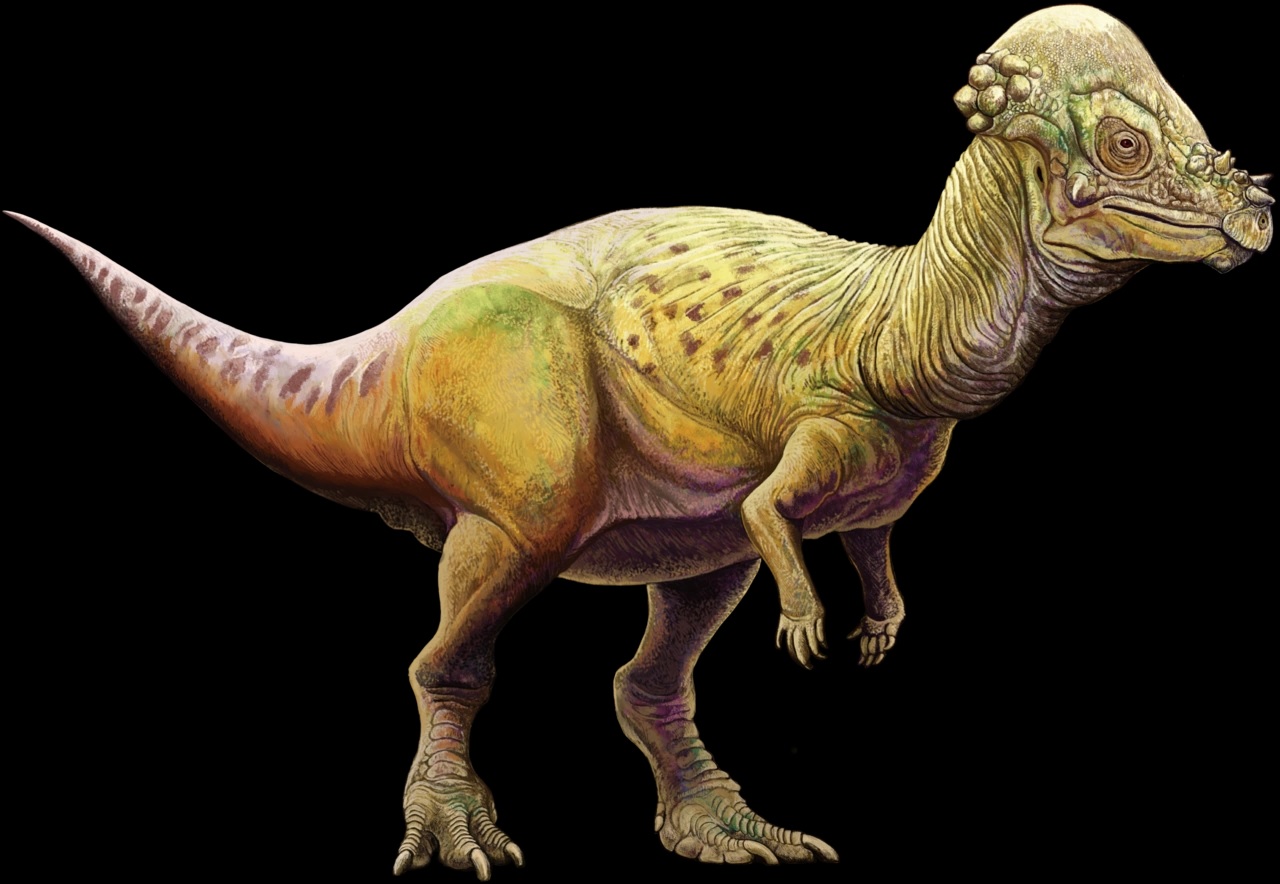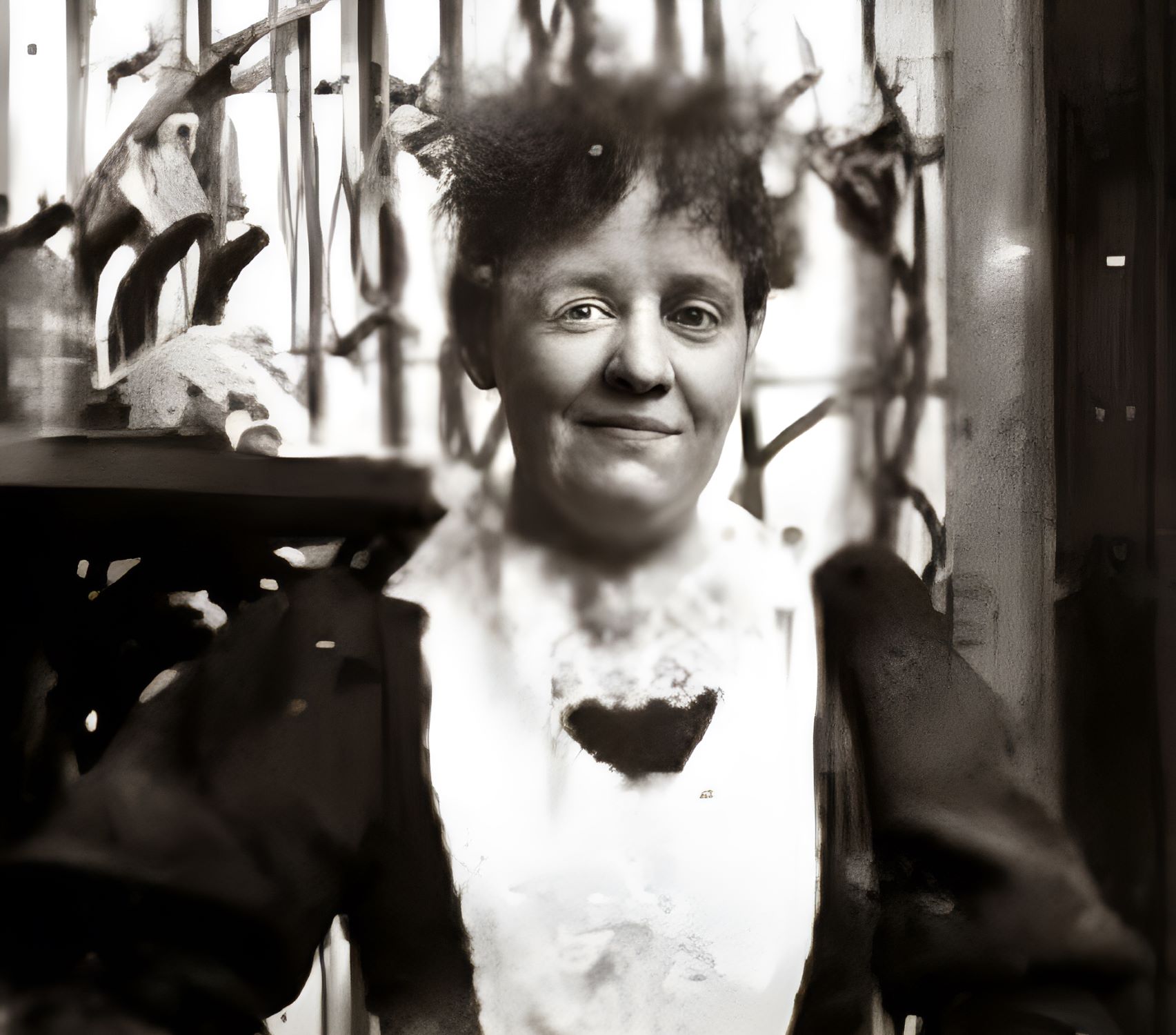
Pachycephalosaurus, often called the "thick-headed lizard," roamed the Earth during the Late Cretaceous period. These dinosaurs are famous for their incredibly thick skulls, which could be up to 10 inches thick! But what else makes these creatures so fascinating? Did they really use their heads for head-butting like rams? Or is there more to their behavior and lifestyle? In this blog post, we’ll dive into 20 amazing facts about Pachycephalosaurus that will blow your mind. From their unique anatomy to their mysterious extinction, get ready to learn everything you need to know about these prehistoric giants. Buckle up for a journey back in time!
Key Takeaways:
- Pachycephalosaurus, the "thick-headed lizard," lived 70 million years ago, had a 10-inch thick skull for head-butting, and was a herbivore with small leaf-shaped teeth.
- Fossils of Pachycephalosaurus are rare, found in North America, and its unique bone structure and appearance have made it a popular dinosaur in movies.
What is a Pachycephalosaurus?
Pachycephalosaurus, often called the "thick-headed lizard," roamed the Earth during the Late Cretaceous period. Known for its distinctive dome-shaped skull, this dinosaur has fascinated paleontologists and dinosaur enthusiasts alike.
-
Pachycephalosaurus lived around 70 million years ago. This dinosaur existed during the Maastrichtian stage of the Late Cretaceous period, making it one of the last non-avian dinosaurs before the mass extinction event.
-
Its name means "thick-headed lizard." The name Pachycephalosaurus comes from Greek words "pachys" (thick), "kephale" (head), and "sauros" (lizard), referring to its unique skull structure.
-
The skull could be up to 10 inches thick. This thick dome was likely used for head-butting during mating rituals or territorial disputes.
-
Pachycephalosaurus was a herbivore. Despite its fierce appearance, it primarily fed on plants, fruits, and seeds.
Physical Characteristics of Pachycephalosaurus
The physical traits of Pachycephalosaurus make it stand out among other dinosaurs. Its unique skull and body structure have led to various theories about its behavior and lifestyle.
-
It had a bipedal stance. Pachycephalosaurus walked on two legs, which allowed it to move quickly and efficiently.
-
The dinosaur had short arms. Its arms were relatively short compared to its body, suggesting they were not used for grabbing or holding objects.
-
It had a long, stiff tail. This tail helped balance its body while running or standing.
-
The teeth were small and leaf-shaped. These teeth were perfect for shredding plant material, indicating its herbivorous diet.
Behavior and Lifestyle
Understanding the behavior of Pachycephalosaurus provides insight into how it interacted with its environment and other dinosaurs.
-
Head-butting might have been a common behavior. The thick skull suggests that Pachycephalosaurus engaged in head-butting, possibly for dominance or mating rights.
-
It likely lived in herds. Living in groups could have provided protection from predators and increased chances of finding food.
-
Pachycephalosaurus had keen senses. Its large eyes and good sense of smell helped it detect predators and find food.
-
It might have been territorial. The head-butting behavior could indicate that Pachycephalosaurus defended its territory from rivals.
Fossil Discoveries and Research
Fossils of Pachycephalosaurus have provided valuable information about this dinosaur's life and environment.
-
First discovered in North America. Fossils have been found primarily in the United States and Canada, indicating its habitat range.
-
The first fossils were found in the early 20th century. Initial discoveries date back to the 1930s, with more significant finds in the following decades.
-
Fossil evidence is relatively rare. Complete skeletons are uncommon, making each discovery crucial for understanding this dinosaur.
-
Skull fragments are the most common fossils. Due to the thick, durable nature of the skull, these fragments are often found more frequently than other bones.
Interesting Facts About Pachycephalosaurus
Beyond its physical traits and behavior, there are several intriguing aspects of Pachycephalosaurus that capture the imagination.
-
It was featured in popular media. Pachycephalosaurus has appeared in movies like "Jurassic Park: The Lost World," bringing it into the public eye.
-
It had a unique bone structure. The dome of its skull was made of dense bone tissue, unlike any other dinosaur.
-
Pachycephalosaurus is part of the Pachycephalosauridae family. This family includes other dome-headed dinosaurs, all sharing similar characteristics.
-
Its exact size is still debated. Estimates suggest it was about 15 feet long and weighed around 990 pounds, but exact measurements vary due to incomplete fossils.
Final Roar of the Pachycephalosaurus
Pachycephalosaurus, with its dome-shaped skull, remains one of the most intriguing dinosaurs. Its unique head-butting behavior and herbivorous diet paint a vivid picture of life millions of years ago. These creatures roamed North America, leaving behind fossils that continue to fascinate scientists and dinosaur enthusiasts alike. Their thick skulls not only served as a defense mechanism but also as a tool for social interaction. Understanding Pachycephalosaurus helps us appreciate the diversity of prehistoric life and the complexity of dinosaur behavior. Whether you're a budding paleontologist or just a fan of dinosaurs, the Pachycephalosaurus offers a glimpse into a world long gone yet still very much alive in our imaginations. Keep exploring, keep learning, and who knows what other dinosaur facts you might uncover next!
Frequently Asked Questions
Was this page helpful?
Our commitment to delivering trustworthy and engaging content is at the heart of what we do. Each fact on our site is contributed by real users like you, bringing a wealth of diverse insights and information. To ensure the highest standards of accuracy and reliability, our dedicated editors meticulously review each submission. This process guarantees that the facts we share are not only fascinating but also credible. Trust in our commitment to quality and authenticity as you explore and learn with us.


